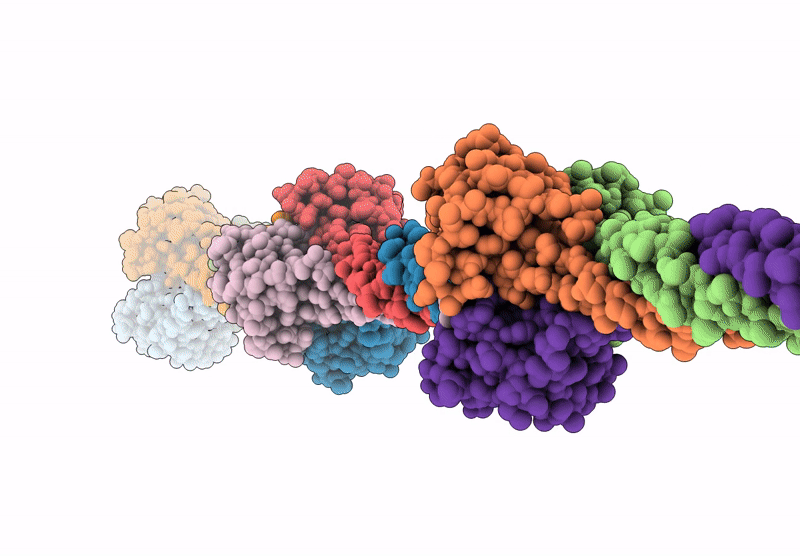
Deposition Date
2025-01-29
Release Date
2025-03-12
Last Version Date
2025-09-10
Entry Detail
Biological Source:
Source Organism:
Cohnella sp. OV330 (Taxon ID: 1855288)
Host Organism:
Method Details:
Experimental Method:
Resolution:
4.10 Å
Aggregation State:
FILAMENT
Reconstruction Method:
HELICAL


